Laido and Laga beaches: Everything you need to know
Today I'm not having to travel far from home to share one of my favorite corners of the world with you 'two small but powerful gems that have captivated me since I was little, two places I've grown up with and still play a part in my life now.
The most beautiful beaches in the Urdaibai Natural Reserve: Laida and Laga.
These two beaches are located in the province of Vizcaya, in the Basque country. They're located in the Urdaibai reserve, a natural area which attracts tourists found at the mouth of the Oka River, which crosses through my hometown of Gernika. Yes, the city that inspired Picasso to paint that painting, but we'll talk about that another time.
Going back to the subject at hand, Urdaibai is shaped by the river, so it enjoys a very rich and diverse ecosystem, with lots of flora and fauna on its shores as well as next to the boats that sail along the coast, moving from beach to beach. The reserve has more than seven beaches in total, including Mundaka, Bermeo and Sukarrieta, but these would need a separate post. The most outstanding beaches in this area are Laida and Laga, the two which belong to the municipality of Ibarrangelua.

These are two truly wonderful beaches that leave you wanting more. They'll make you want to anchor up in one of them for a whole day and wake up the next morning on the sand with the sun rising in front of you. It doesn't matter if you visit these beaches in summer or in winter, it's advisable to discover them at any time of year and enjoy walking along their shores.

Laida, the beach that lost face but rose from the ashes.
Laida is one of the beaches that, along with San Antonio or Kanala, hides inside of the mouth of the river Oka. It's a beach with a changing face which varies in size a lot due to changes in the tide. In high tide hours its extends just a few meters, but when the tide is low its size usually quadruples, to the point of almost connecting with beaches on the other side of the river.

A few years ago, there was a time when the beach got smaller and smaller as the sea swallowed it up, taking the very heart of the beach with it: the dunes. These wonderful, protected dunes gradually disappeared under the waves, and I watched them die. It was a great pity for everyone to see them vanish, so the government didn't waste any time in taking steps to save the beach. Thanks to their contributions of sand, Laida beach is still visible.
Getting there:
To get to Laida, you've got several options. I'll list them for you below:
1. if you go from Bakio or Bermeo, you have to go to Gernika and cross the Great Bridge that will take you across the river. After crossing the bridge, take the first roundabout and head for Lekeitio. You'll cross several municipalities such as Arratzu and Kortezubi - a municipality I'll talk about in another blog - and when you pass through Arteaga, the third municipality, you'll eventually come across two roads: one will climb up the mountain and the other will go down to the coastal area.
When you get here, turn left, onto the road that will take you down to the coast, and then go left again. A couple of corners later, you'll go through the neighbourhood of kanala, and practically on the next bend, you'll have reached your destination.
2. If you go from Bilbao, San Sebastián or any other town, you'll definitely have to go through Gernika to get to Laida, using the same directions as above.
3. If you go from Lekeitio or Ondarroa, my recommendation is to go down to Arteaga and follow the same road. It's much faster than taking the coastal route, although if you would prefer to go that way I wouldn't stop you, as it is a great opportunity to get to know the Basque coast better.
Where to eat and where to park:
It's easy to find somewhere to eat, you'll have no problem at all. If you don't want to go too far, before reaching the sand you'll see two bars and a restaurant around the beach, as well as two parking areas. You can park on the side of the road, too.
But if you aren't against walking a little (about five minutes) before you get to the beach, you can park in a well-known shop in the area which predominantly sells chicken: Arketa Erretegia. It is located next to the bus station and a beautiful campsite where I used to run around when I was little. I can assure you that I only have good memories of that place.
It's a good, affordable place to eat. In addition, it has a far-reaching view of the sea, , particularly of the area where small boats are docked.
Afterwards, you can go from the restaurant to the beach on foot and enjoy the rest of the day in the very well preserved and clean landscape that we have here.
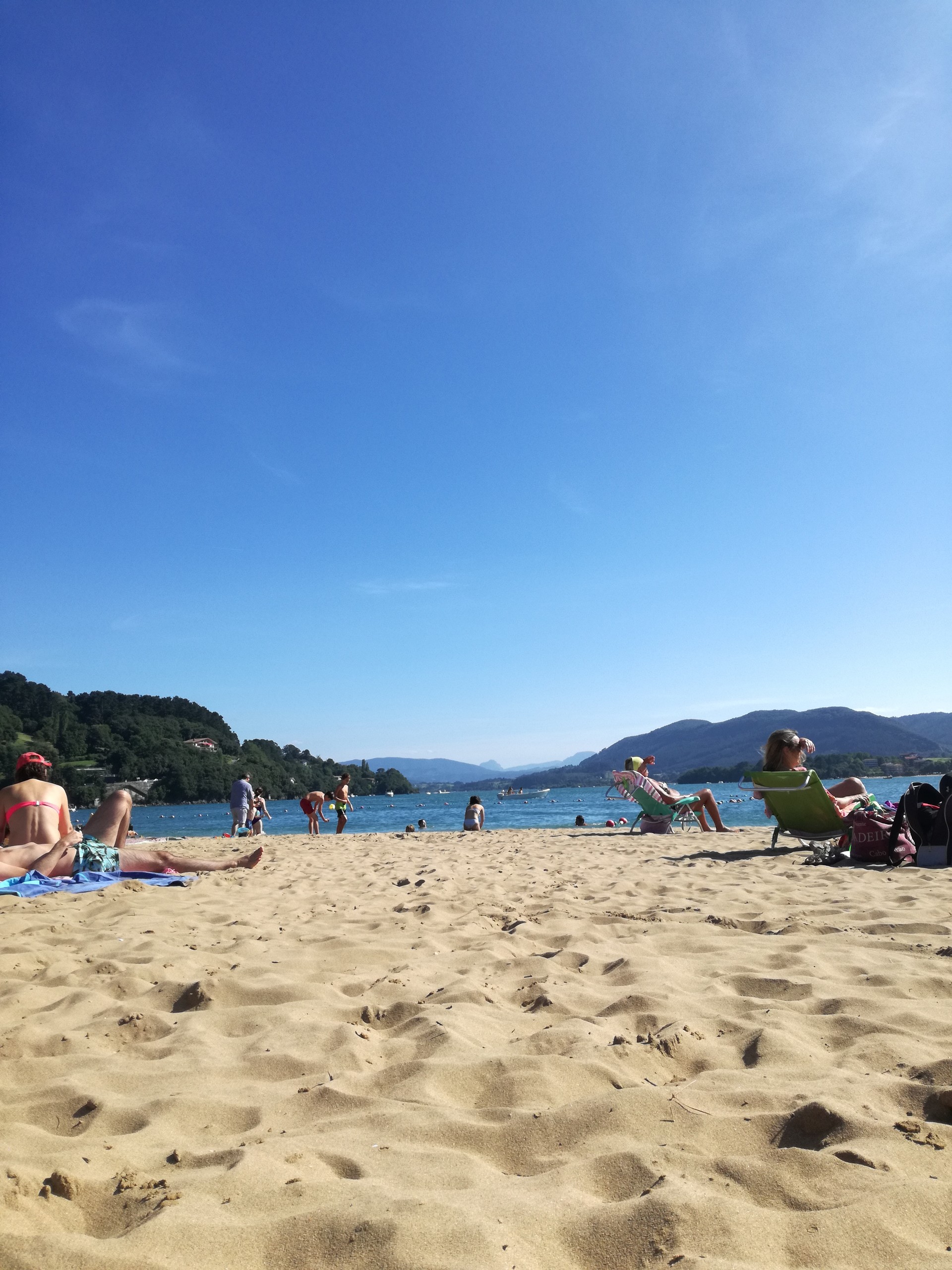
What to see and do
In addition to sunbathing, walking along the shore, bathing, searching for shells and having a good time with family, friends, whether you're in a couple or alone, the beach also offers water-based activities, such as canoeing or boat rides.
If you want to practice your canoeing, there's a canoe and kayak excursion business right at the back of the main beach bar. My dad and brother often do this and are very satisfied with both the price and the service. I'd highly recommended you try it out, especially if you only have a day to explore the area. 
There's no better way to properly explore the estuary and its biosphere than by canoe. It would be an unforgettable experience.
Laga, a beach too big for such a modest place.
Laga is a beach located outside the estuary, about four kilometers from Laida and three kilometres from Elantxobe. Here you'll see a mountain, Ogoño, which is a very important part of the beach's aesthetic and one of the key reasons tourists and surfers are attracted to the place.
This wild beach with golden sands is very popular among young people and surfers because of its large size and its waves which are perfect to take a dip in during the middle of summer. Its half kilometer stretch of sand has a lot to offer, such as long dunes, sport activities such as paragliding or surfing (which is one of the most popular things to do), snack areas, public baths, a bar-restaurant and three beach bars.
It has everything.

This beach also has a well equipped surf School which is well-priced. It would be a shame not to give it a visit.
In the western part of the sandy area, there are rocks that come from shells and other marine animals. Many people go to this point to hunt crustaceans, molluscs and cephalopods such as octopuses.
In the eastern zone are the high rocks, where many people also collect clams, mussels and crabs. This area has deep water, where the most daring people jump and dive among the waves. The creek that flows into this very beach is were little ones bathe and have fun in the water. And finally, there's Mount Ogoño, with a height of almost 300 meters.
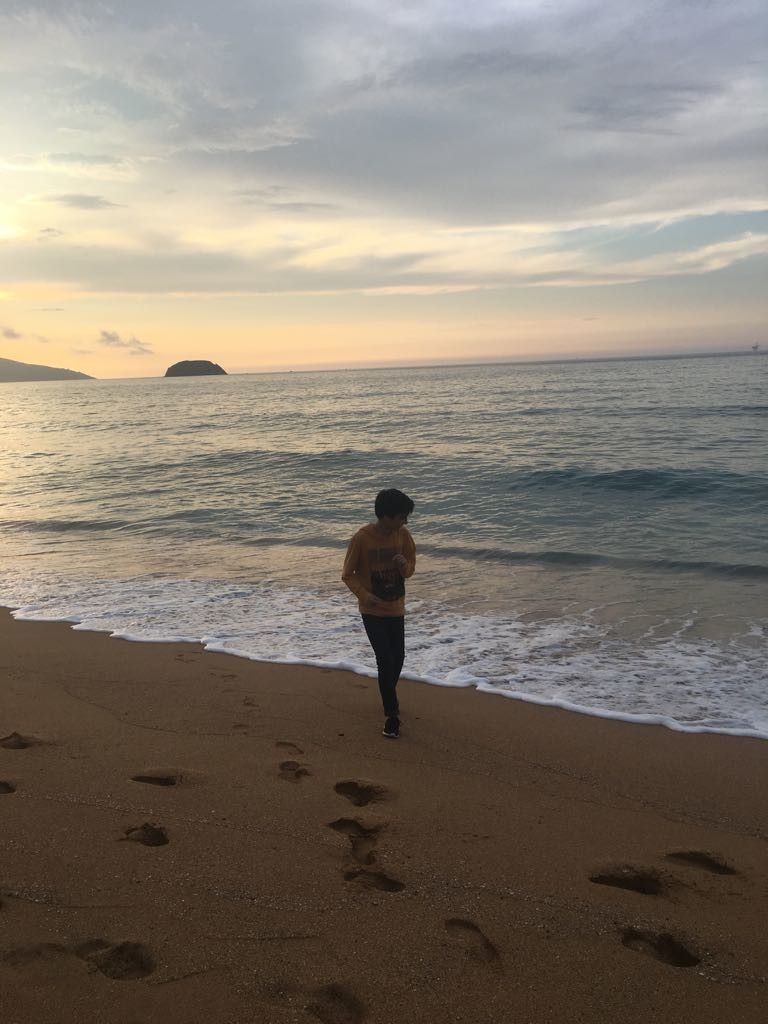
Getting there:
If you go from Gernika or any other town or city, the most direct option would be to climb up the road that goes up the mountain at the Crossroads of Arteaga. Along this road, follow the directions for Laga and you'll reach your destination in a quarter of an hour.
Warning: be careful in summer when you go, as there are usually so many people that there's a queue of parked cars that usually stretches all the way to the Laga Surf Camp in Ibarrangelua, 2.2 kilometres away from the beach. I would recommend going by bus. If you'd prefer to go by car, I advise you to go early so that you can find somewhere to park near the beach.
Where to eat and what to see:
The only restaurant in the area is Toki Alai. I've never eaten there, so due to my lack of knowledge about the food there I can only advise you take food from home, it's the cheapest way to do it. In addition, you don't have to worry about leftover food or rubbish, as there are recycling bins all over the beach.
But if you're thirsty or hungry for ice cream, I recommend you to get acquainted with one of the three beach bars in the dunes area and the snack bar.
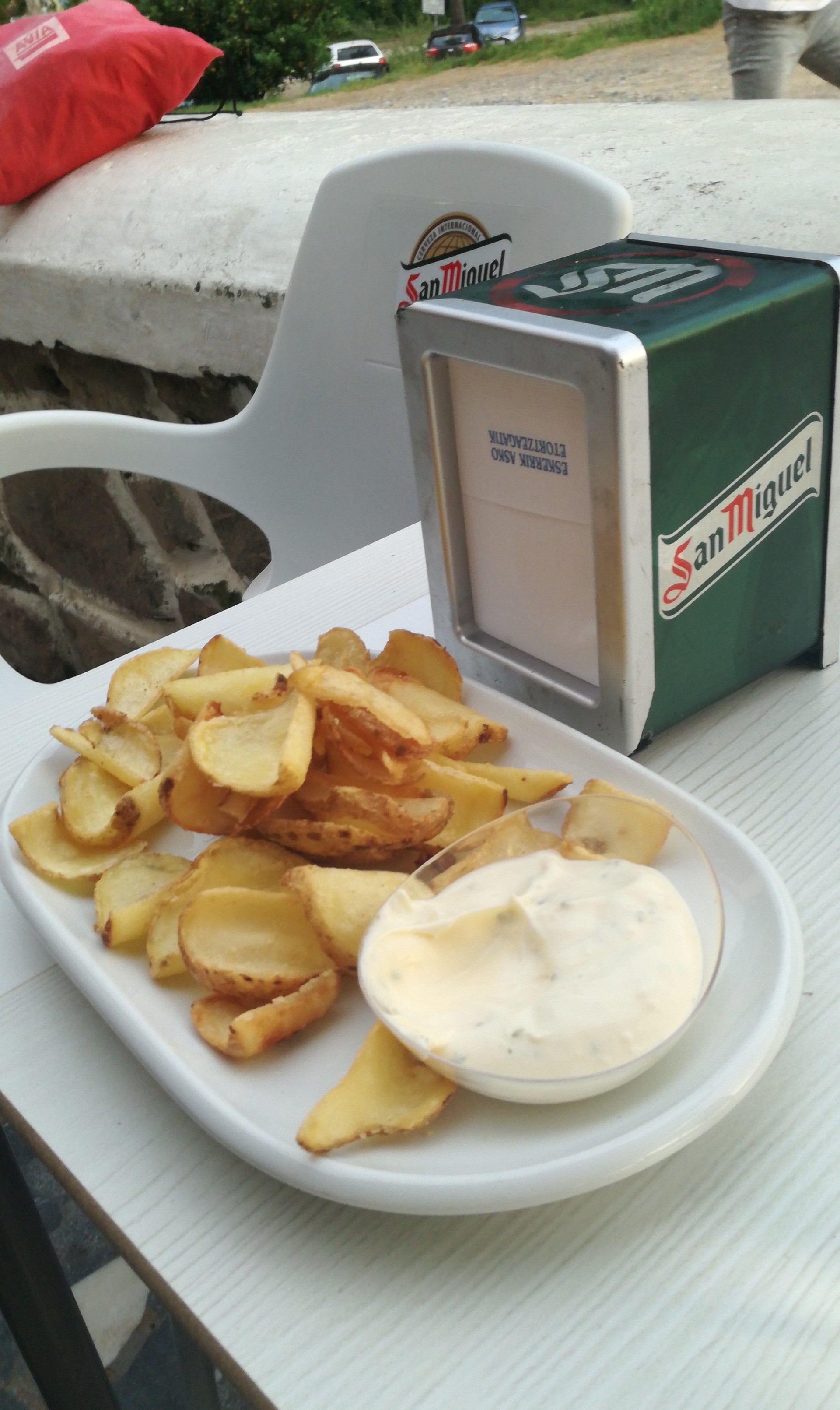
So, what can you see on this faultless expanse of beach? Relax, enjoy the views and, if possible, stay until sunset with some potatoes and a refreshment on the bar terrace, although that's optional of course.
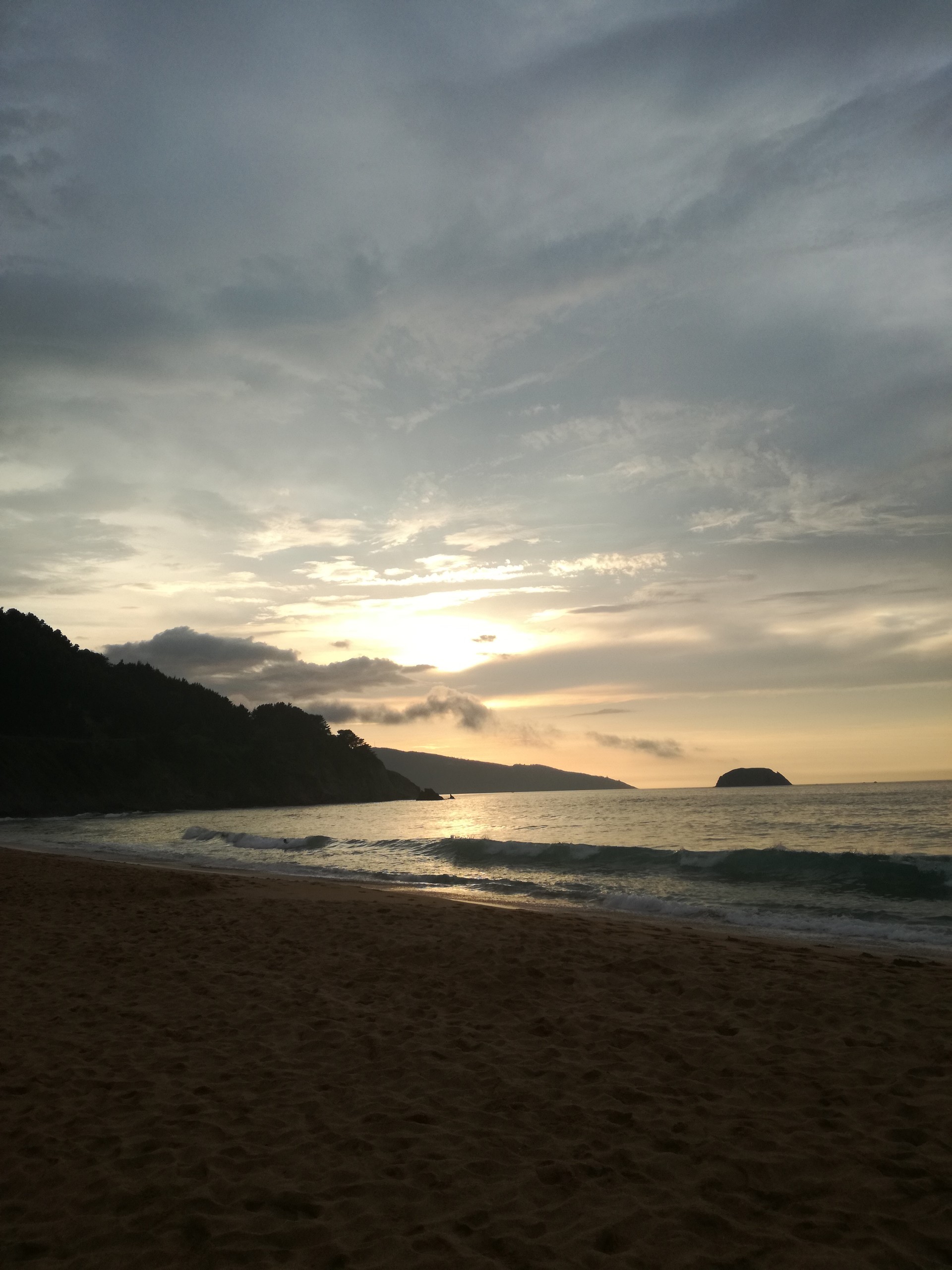
But you don't necessarily have to visit in summer; any time of year is perfect:
Why visit in summer?
Because of the sun and the swimsuit weather, . The water is the perfect temperature to swim in, there's no wind (and the absence of cold temperatures) so that you don't freeze while sunbathing or paragliding, and the sun sets late so you can enjoy the day to the fullest with a good taste in your mouth at the end.
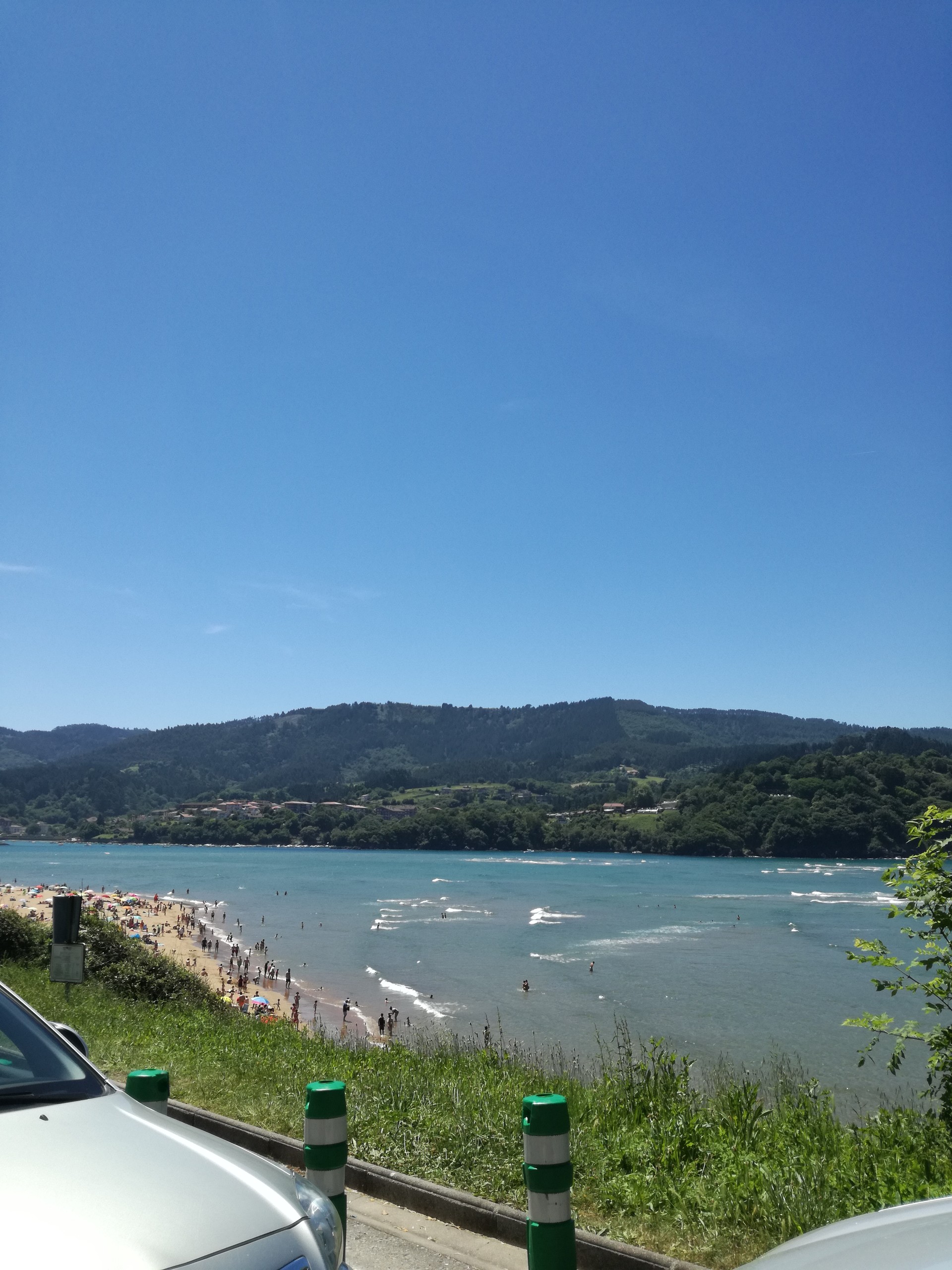
Why visit in winter?
Because in winter, we appreciate things this area has to offer more than we think we will, especially the beaches. You can surf both in summer and in winter, and although that might not be a concern to everyone, visiting this area in winter allows you to see the beach from another perspective.
With a cool breeze and your jacket on, with clouds in the sky and a low tide most of the time, all the free space without many people around, hot chocolate and a couple of churros at the bar... I don't know, have a think about it. And then go visit these beaches.
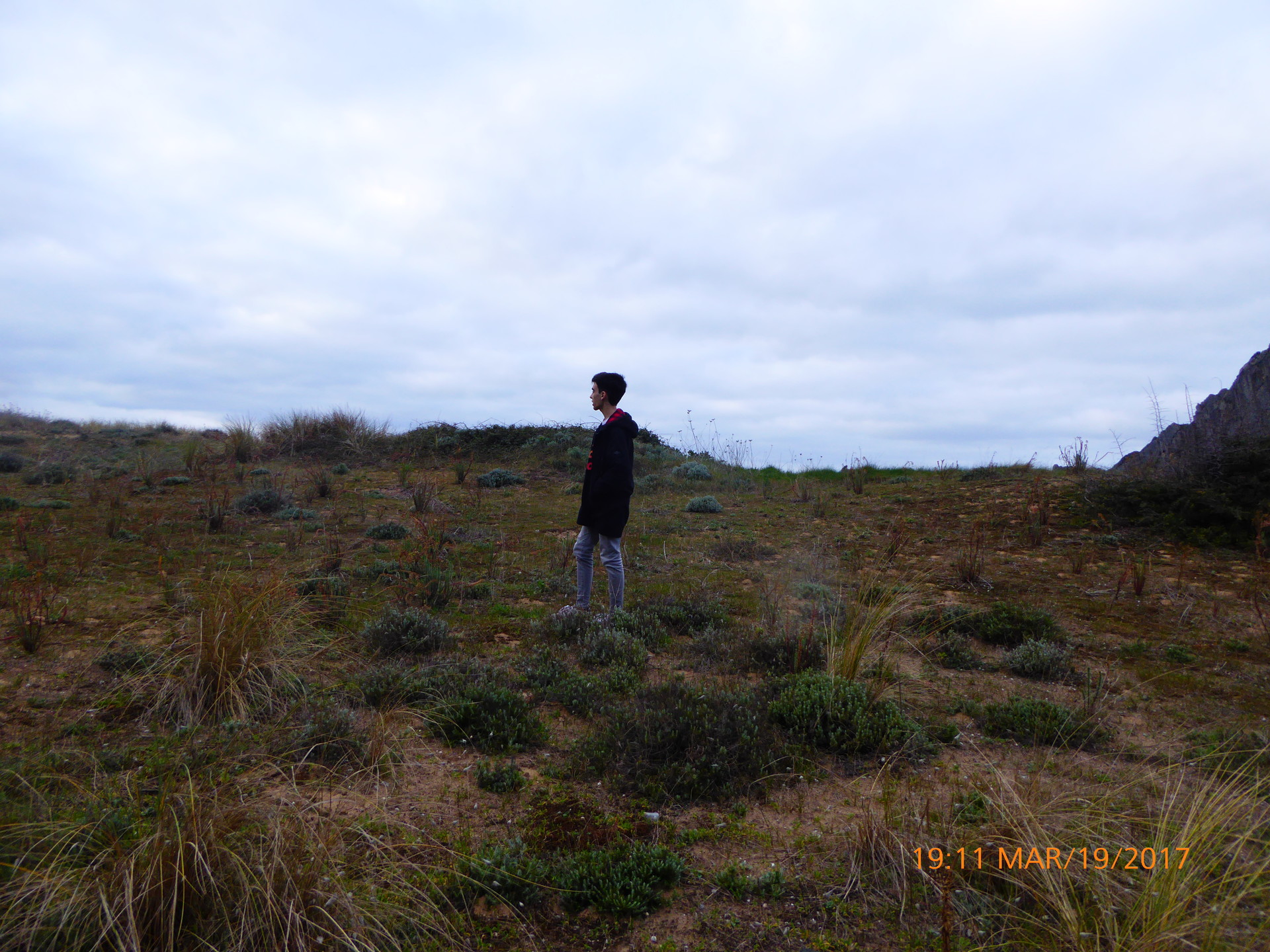
I would come with you so I could see them again, I never get tired of them.
Photo gallery
Content available in other languages
Want to have your own Erasmus blog?
If you are experiencing living abroad, you're an avid traveller or want to promote the city where you live... create your own blog and share your adventures!
I want to create my Erasmus blog! →




























Comments (0 comments)